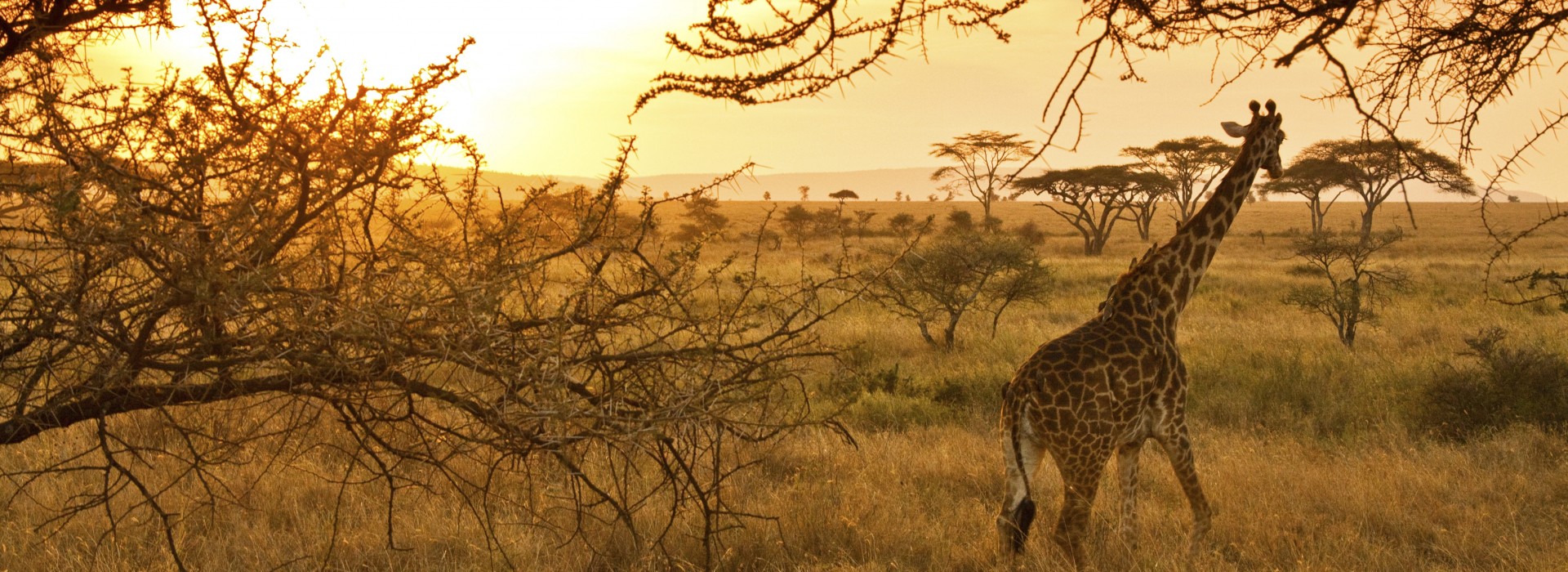
Tsavo East and West: Kenya’s Iconic Wildlife Destinations
Kenya’s Tsavo National Park, divided into Tsavo East and Tsavo West, is one of the largest and most significant wildlife conservation areas in Africa. Covering over 22,000 square kilometers, it is home to an incredible array of wildlife, breathtaking landscapes, and rich history.
Tsavo East National Park
1. Overview of Tsavo East
Tsavo East is the larger of the two parks, covering about 13,747 square kilometers. It is famous for its vast open plains, the Galana River, and the Yatta Plateau, one of the world’s longest lava flows. This park is known for its “red elephants,” which get their color from the red volcanic soil.
2. Wildlife in Tsavo East
Tsavo East is home to the Big Five—elephants, lions, leopards, buffalo, and rhinos—along with a variety of other species such as:
- Giraffes
- Zebras
- Cheetahs
- Hippos
- Crocodiles
Bird watchers will also enjoy spotting over 500 species of birds, including the rare Golden-breasted starling and the Somali ostrich.
3. Key Attractions in Tsavo East
- Lugard Falls – A series of white-water rapids along the Galana River.
- Mudanda Rock – A natural water catchment area attracting herds of elephants.
- Aruba Dam – A great place to see wildlife congregating to drink water.
Tsavo West National Park
1. Overview of Tsavo West
Tsavo West covers about 9,065 square kilometers and is more mountainous and diverse in landscape than Tsavo East. It features volcanic hills, swamps, lakes, and dense bush, making it a paradise for nature lovers.
2. Wildlife in Tsavo West
Tsavo West offers a more challenging terrain, but it rewards visitors with sightings of:
- The elusive black rhino at the Ngulia Rhino Sanctuary
- Herds of elephants moving through the forests
- Hippos and crocodiles at Mzima Springs
- Various predators like lions, leopards, and cheetahs
3. Key Attractions in Tsavo West
- Mzima Springs – A crystal-clear oasis fed by underground streams from Mount Kilimanjaro.
- Ngulia Rhino Sanctuary – A protected area for endangered black rhinos.
- Chaimu Crater – A scenic volcanic hill with stunning views.
- Shetani Lava Flows – A field of black lava rocks formed from volcanic activity centuries ago.
Best Time to Visit Tsavo East and West
The best time to visit Tsavo East and West is during the dry season (June to October & January to February) when animals gather around water sources, making them easier to spot. The wet season (March to May & November to December) transforms the park into a lush green paradise but can make some roads difficult to navigate.
Safari Activities in Tsavo
Visitors to Tsavo can enjoy a variety of activities, including:
- Game drives for up-close encounters with wildlife.
- Guided nature walks in designated areas.
- Bird watching for both resident and migratory species.
- Photography safaris capturing stunning landscapes and animals.
Conclusion
Tsavo East and Tsavo West together form one of Africa’s greatest safari destinations. Whether you prefer the vast open plains of Tsavo East or the rugged wilderness of Tsavo West, both parks offer an unforgettable experience filled with adventure, breathtaking scenery, and incredible wildlife. If you love nature and wildlife, Tsavo should be on your travel list
